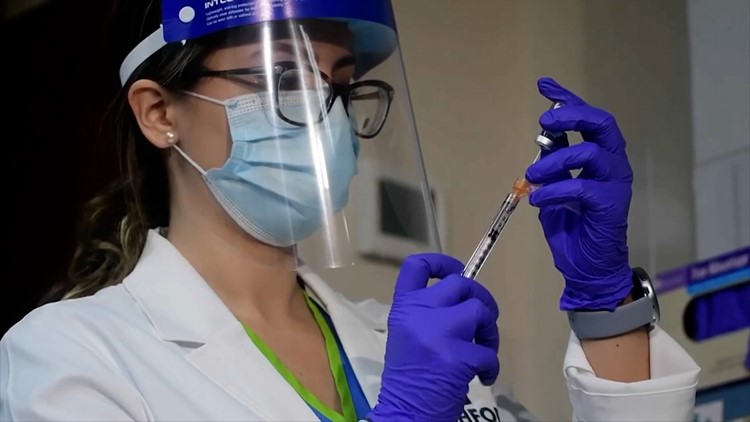HUNTSVILLE, Ala. — "Each state is experiencing the same concerns, the same issues that Alabama is experiencing. And that is, we have more demand than we have supply," said Dr. Karen Landers of the Alabama Department of Public Health.
There seems to be a large difference between allotment and administration of vaccines.
"While the numbers look large, when you see, well, this much has been allocated to Alabama, it's still a relatively small number when we consider how many persons we need to vaccinate. Our current vaccine administration in Alabama, as of yesterday morning, we have vaccinated 42,811 persons, and our allocation to Alabama, as of yesterday, was 226,000 doses," said Landers.
Those numbers show that only about 20% of the vaccines sent to Alabama have been administered, but they are making some progress.
"Last week we had given 20,000, this week we're over 40,000 doses, I expect that to exponentially increase," said Landers.
More and more people are signing up for appointments to receive the vaccine.
Fortunately, places other than hospitals are now receiving vaccines, such as nursing homes and health departments, but as of January 5, only people in phase 1a can receive the vaccine.
"So, certainly people want the vaccine, we want to give the vaccine, we are moving along expediently," said Landers.
Landers also said that some regions will move more quickly into different phases. Phase 1a, which we are in now, only allows doses to be given to people like health care workers, first responders, and nursing home staff and residents.
"Our commitment is that every vaccine dose will be given to a person, will be put in a person's arm, and that we will work through our phase 1a and softly transition into our phase 1b," said Landers.
It is still projected that most people who do not fit into those categories will be able to receive the vaccine by spring.
Click here for more information on who fits in which phase.



